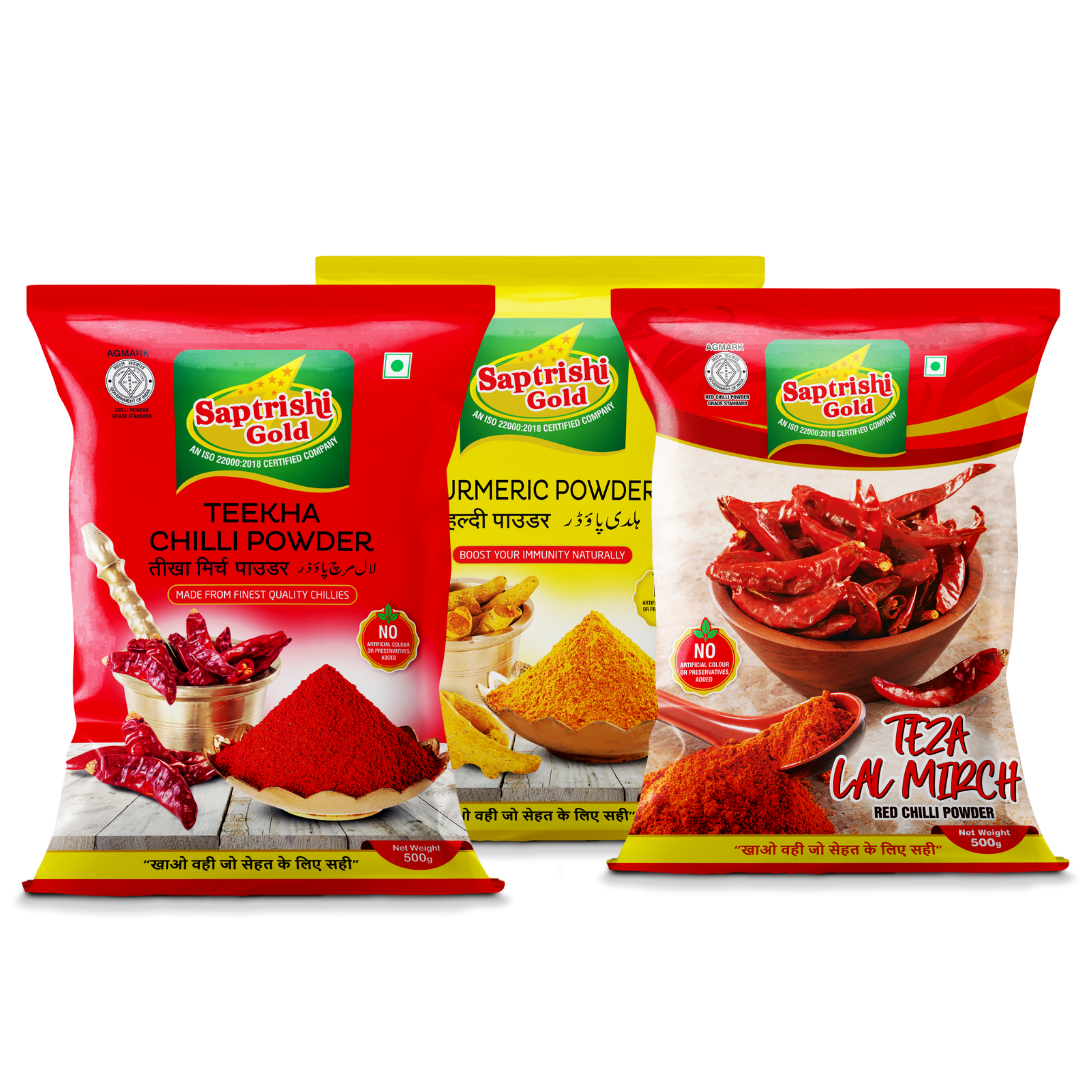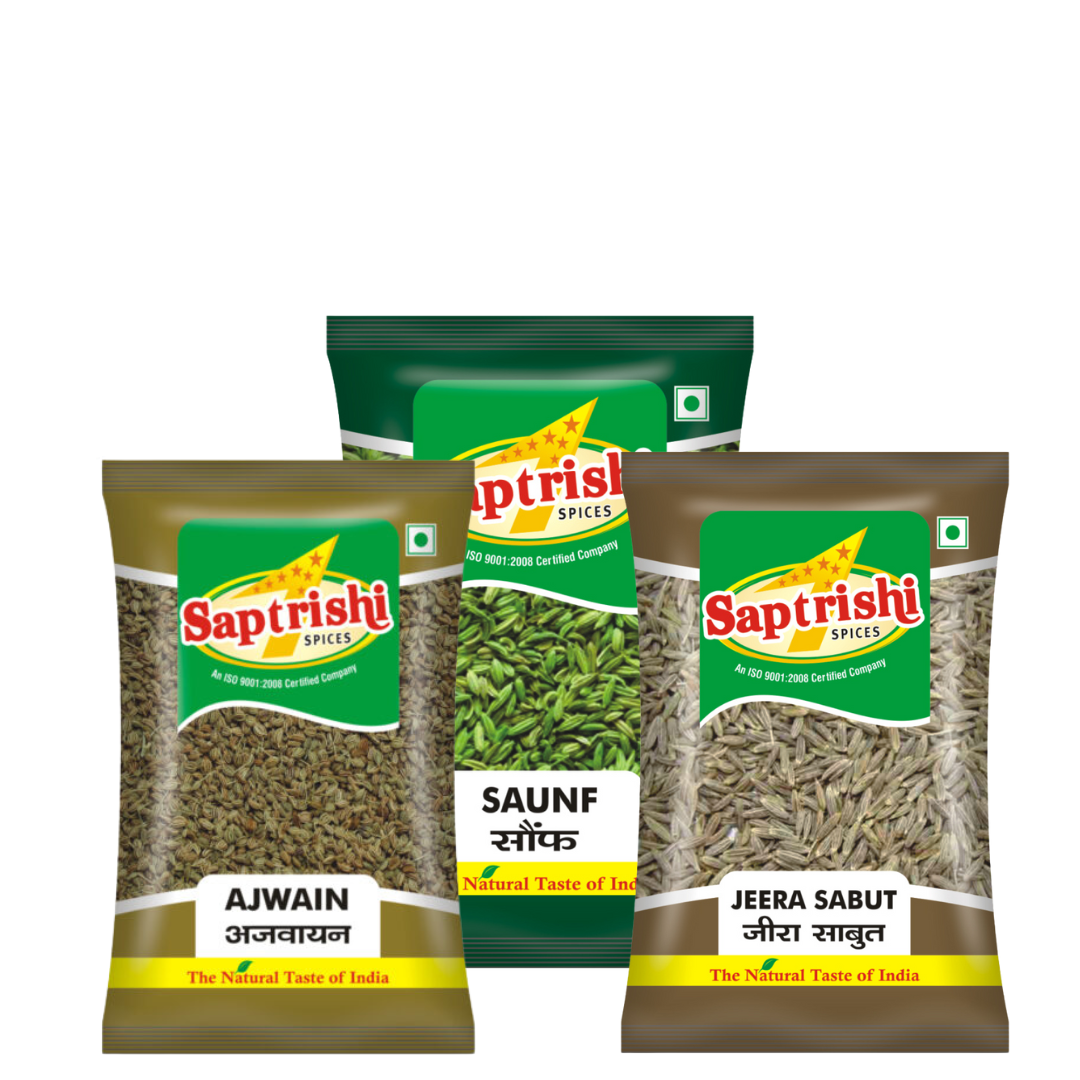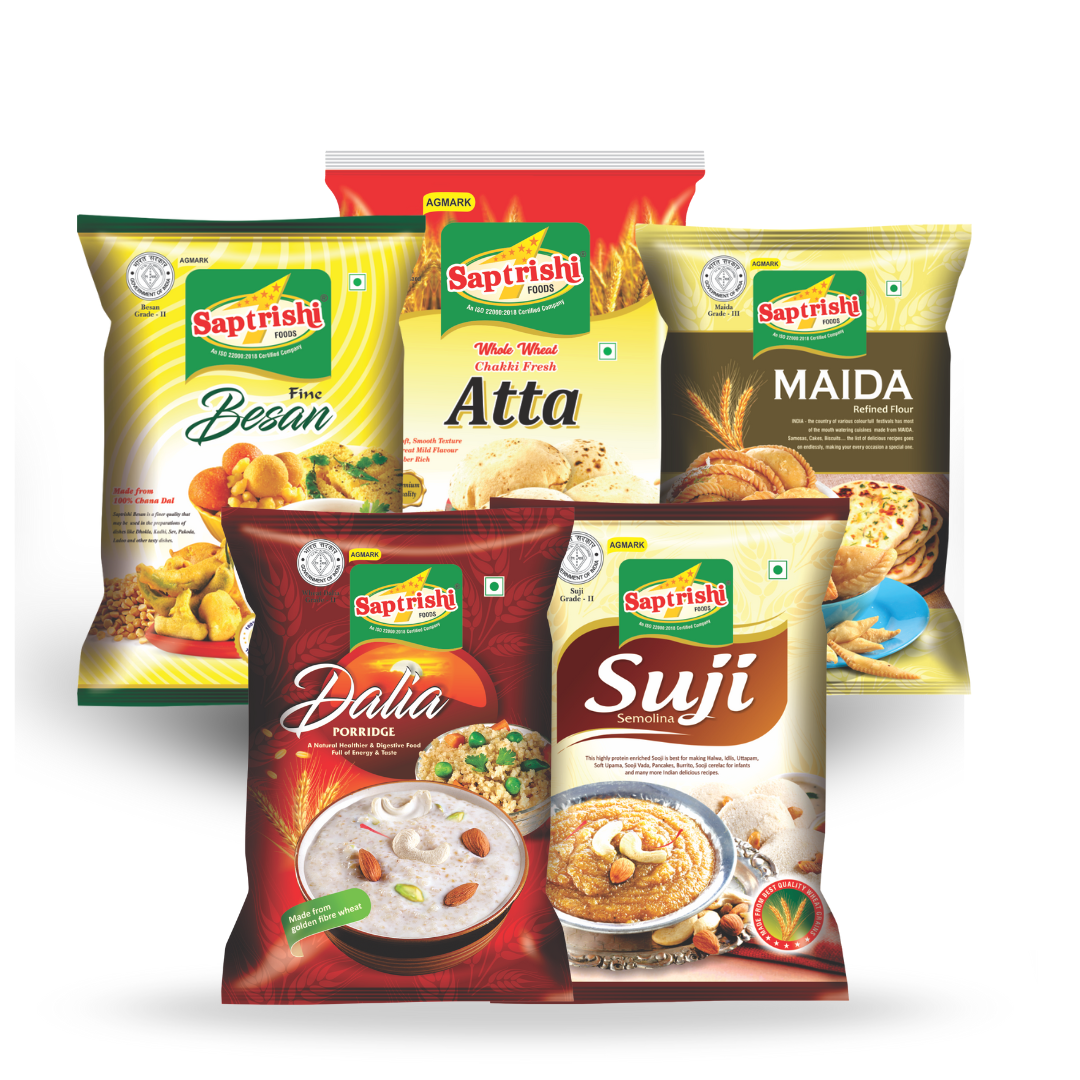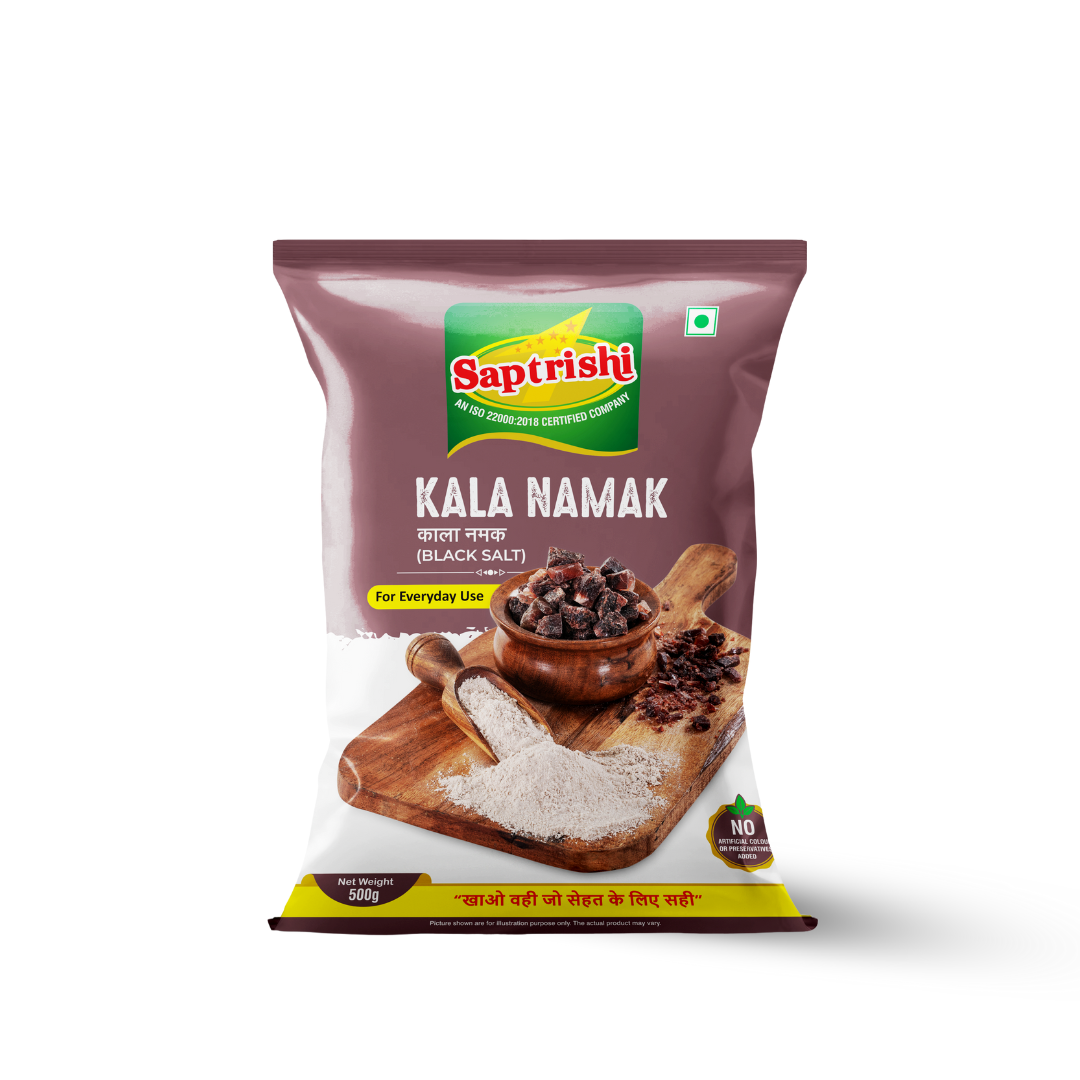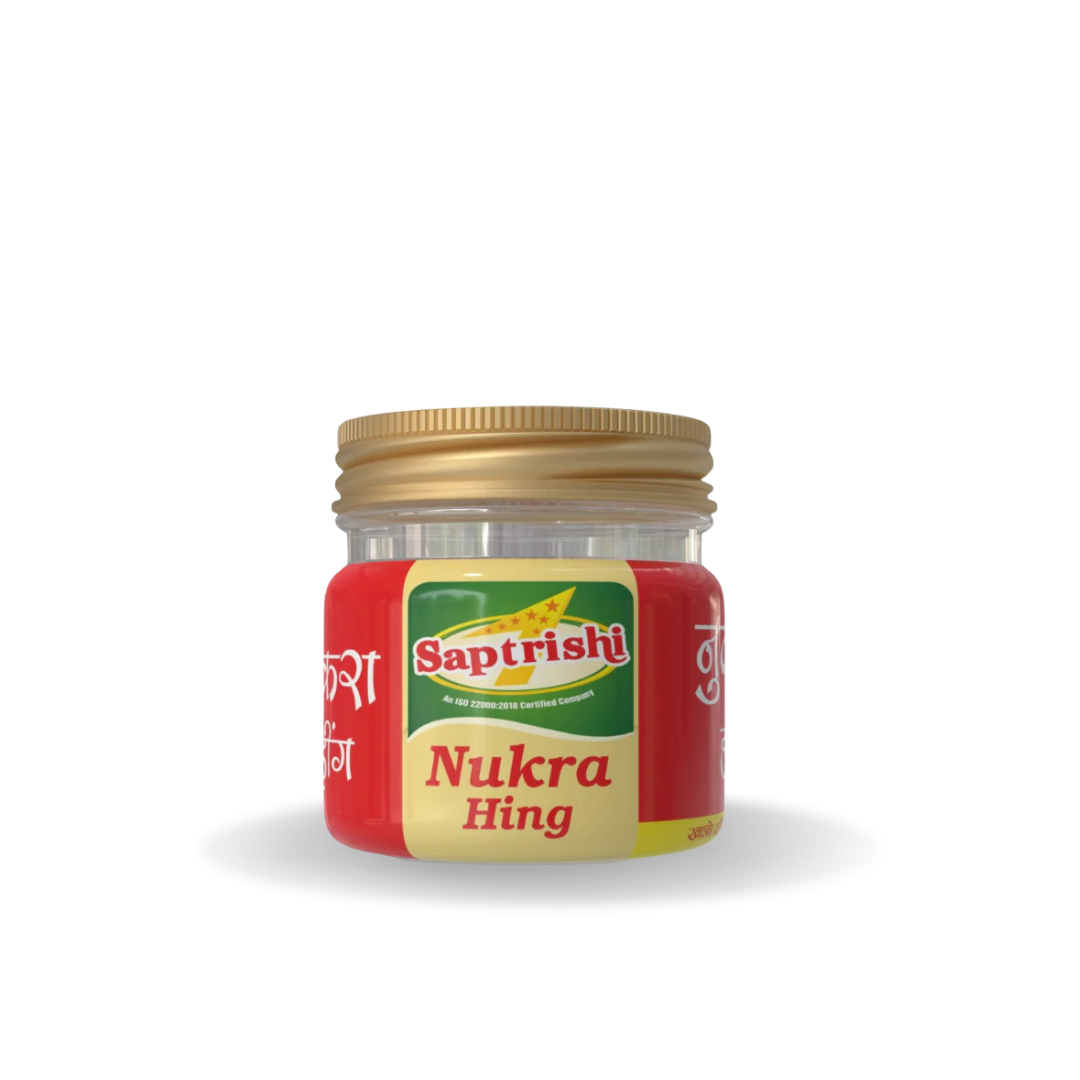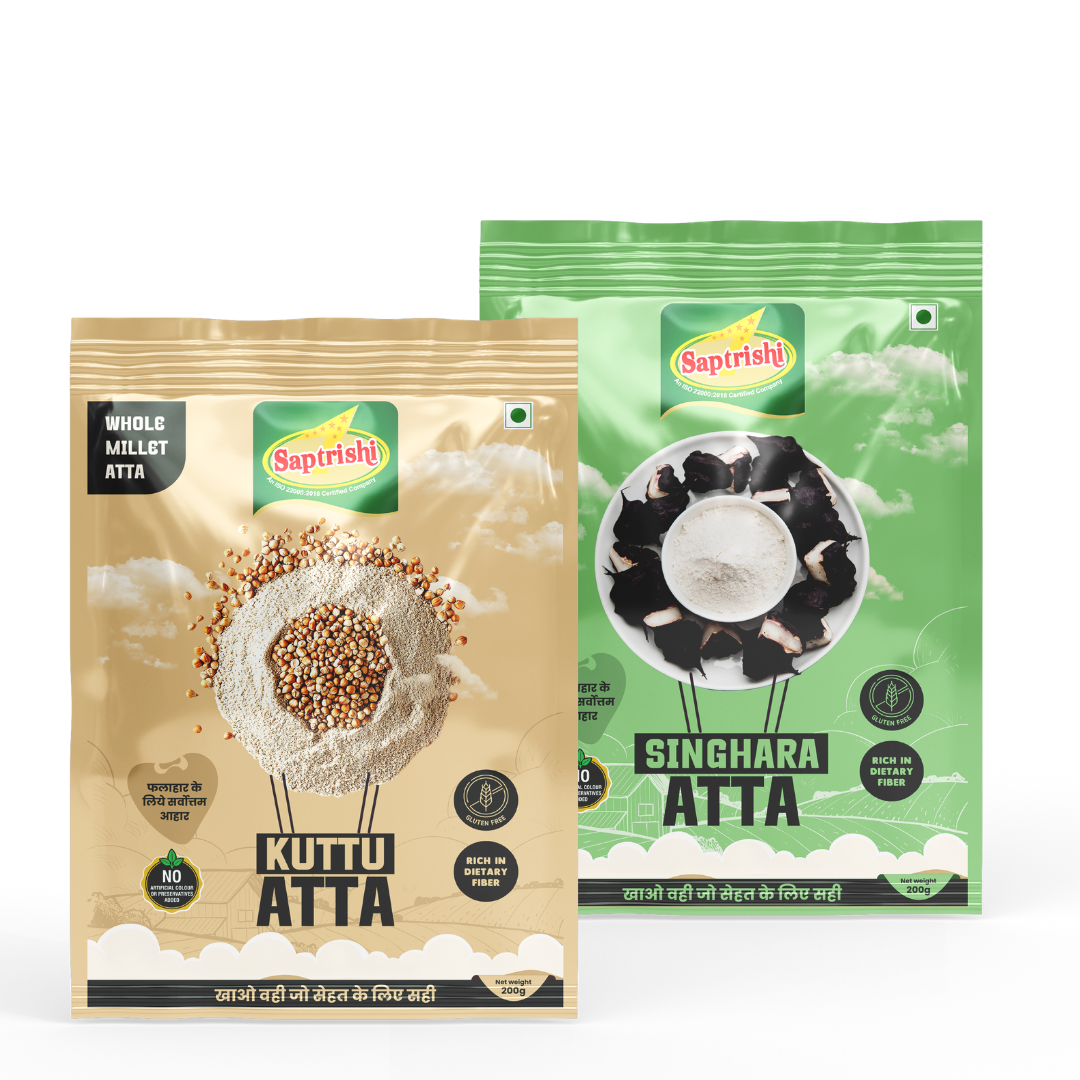Ingredients
Introduction: The Aroma of Tradition in Every Pinch
Across centuries and cultures, spices have played an integral role in shaping cuisine — and in Indian households, whole spices are the soul of every kitchen. Before commercial masalas took over shelves, it was common for families to buy whole spices, dry roast them, grind them fresh, and use them in measured proportions. This method wasn’t just about preserving flavor — it was about respecting the integrity of every ingredient.
In modern kitchens, reintroducing whole spices means reconnecting with this tradition. When you bloom cumin seeds in hot ghee or let bay leaves simmer gently in your daal, you’re doing more than adding flavor — you’re engaging with a sensory ritual that’s deeply nourishing and therapeutically powerful. Choosing clean, high-grade whole spices allows you to embrace the wisdom of generations while enjoying the freshness and safety your family deserves.
Why Whole Spices Belong in Every Kitchen
1. Flavor That Evolves Naturally
Whole spices have a slower flavor release. This allows you to build dishes layer by layer, achieving depth and complexity that pre-ground powders simply cannot replicate. Whether it’s mustard seeds crackling in tadka or whole cardamom pods infusing biryani, whole spices let you control intensity and character.
2. Superior Shelf Life and Freshness
Unlike powdered spices that degrade quickly and are often exposed to air and moisture, whole spices retain their natural oils and potency longer. With proper storage, they can last over a year without losing aroma, color, or medicinal value — making them more economical and fresher than ground blends.
3. Custom Grinding for Personalized Blends
Whole spices allow you to create your own masalas tailored to your taste. Roast them gently and grind them fresh for chutneys, marinades, or signature curry blends. This ensures full control over texture, heat level, and aroma — all without any additives or fillers.
4. Health Benefits of Untouched Botanicals
Each whole spice has a distinct health function. For instance, bay leaves aid respiratory health, mustard seeds enhance metabolism, and kasoori methi regulates blood sugar. Using them whole preserves their phytochemicals and energetic properties, aligning with Ayurvedic cooking principles.
Explore Saptrishi’s High-Quality Whole Spices
Saptrishi Kasoori Methi (Dried Fenugreek Leaves)
Kasoori methi is an aromatic herb traditionally used as a finishing touch in gravies, breads, and dals. Its flavor is subtly bitter, earthy, and nutty — adding warmth and complexity to North Indian dishes.
-
Harvested from non-GMO fenugreek crops
-
Shade-dried to preserve volatile oils and aroma
-
Rich in iron and soluble fiber, beneficial for diabetics
-
Crushed and added to dough, rice, sabzis, and paneer gravies
Saptrishi Tej Patta (Bay Leaf)
Tej patta is a must-have for Indian soups, lentil dishes, and biryanis. It has a slightly bitter, clove-like aroma with subtle notes of cinnamon — ideal for long simmering and slow-cooked dishes.
-
Handpicked from clean Himalayan regions
-
Contains compounds like cineol and eugenol that fight inflammation
-
Known in Ayurveda to aid digestion, reduce congestion, and soothe coughs
-
Can be toasted for quick infusion or steeped for a subtle, slow release
Saptrishi Pili Sarso (Yellow Mustard Seeds)
Yellow mustard seeds are widely used across North and East Indian kitchens. They crackle when heated, releasing nutty warmth and aiding digestion.
-
Rich in selenium, zinc, and omega-3 fatty acids
-
Supports metabolism and liver detox
-
Commonly used in pickles, kadhi, dhokla, and Bengali curries
-
Also effective as a base spice in fermented dishes or chutneys
How to Use Whole Spices in Everyday Cooking
-
Tempering (Tadka): Heat whole spices in oil or ghee to unlock essential oils before adding other ingredients.
-
Infusion: Add bay leaves or cardamom pods to broths, rice, or milk-based desserts for background flavor.
-
Grinding: Toast spices lightly and grind them for fresh spice blends or custom masalas.
-
Crushing: Use a mortar and pestle to crush spices for marinades or dry rubs — offering texture and aroma.
Pro tip: Always store whole spices in airtight containers, away from direct sunlight, to preserve their volatile oils and effectiveness.
Why Choose Saptrishi Whole Spices?
-
Ethically sourced from trusted farm networks across India
-
Hand-cleaned and sun-dried to retain original potency
-
No chemicals, preservatives, or added color
-
Packed in food-safe, moisture-resistant packaging
-
Each batch tested for freshness, flavor, and purity
We believe in preserving India’s culinary legacy with the quality and care it deserves. Our whole spices reflect not just tradition, but a commitment to wellness and sustainability.
Return to Real Cooking with Whole Spices
Cooking with whole spices isn’t just about taste — it’s about preserving culture, embracing mindfulness, and elevating everyday food into an experience. Whether you're making comfort food or festive fare, whole spices bring soul to the dish and purity to the table.
Explore our authentic range:
Reclaim the joy of cooking — one whole spice at a time.
FAQs
Q1: What are whole spices and how are they used in cooking?
A: Whole spices are unground versions of spices like mustard seeds, bay leaves, or fenugreek. They’re often used in tempering (tadka), dry roasting, or slow simmering to gradually release deeper flavor and aroma into dishes.
Q2: Why are whole spices better than powdered spices?
A: Whole spices retain natural oils, offer a longer shelf life, and provide customizable flavor. They’re free from fillers and preservatives and allow for fresher grinding and more controlled seasoning.
Q3: Can I use Saptrishi’s whole spices to make my own masalas?
A: Absolutely. Toast and grind Saptrishi’s kasoori methi, mustard seeds, and bay leaves to create your own blends tailored to your taste — fresher and more potent than store-bought powders.
Q4: Are Saptrishi whole spices lab-tested and safe?
A: Yes. Every batch is lab-tested for purity and safety. They are free from additives, cleaned and sun-dried using traditional methods, and packed to retain maximum freshness.
Q5: How do I store whole spices properly?
A: Store them in airtight, moisture-free containers away from sunlight. Resealable pouches from Saptrishi help maintain aroma, flavor, and shelf life for over a year.
